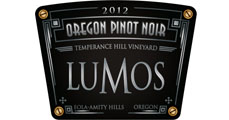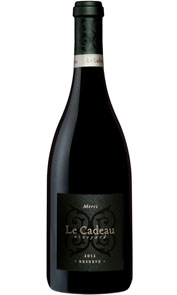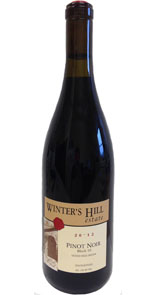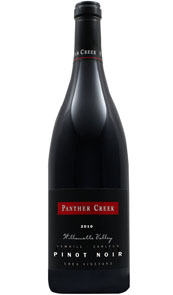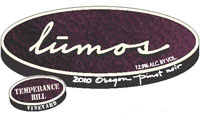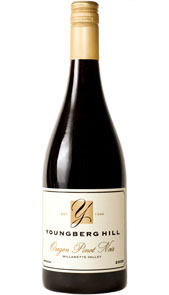Oregon's Willamette Valley Pinot Noir
The Willamette Valley is Oregon’s leading wine region, with two-thirds of the state’s wineries and vineyards. It is recognized as one of the premier Pinot noir producing areas in the world.
Wine producing in the Willamette Valley has a recent history going back only to 1965, when three UC Davis refugees believed that Oregon was an ideal place to grow pinot noir and other cool-climate varieties. Five years later, five other bonded wineries began planting vineyards with 35 acres. Then in 1974, growers in the Willamette Valley recognized the importance of clones of wine grape varieties. Previously, growers only knew that they needed to match the variety to the climate, which produced high quality grapes but low yields. So Oregon started planting pinot noir with different varieties of clones, mostly Pommard and Wadenswil, which provided a greater complexity of flavors, earlier ripening times and higher yields. Pinot noir in Willamette Valley is all about the clones.
When the Willamette Valley American Viticultural Area was finally approved in 1983, winemaking in the region was on its way and growing fast. At last count there were 418 Oregon bonded wineries with 20,300 vineyard acres, of which 378 are located in the Willamette Valley.
The valley follows the Willamette River running north-south for about 100 miles between Oregon's Cascade Mountains and the Coast Range – spanning 60 miles at its widest point. The Willamette Valley appellation is huge and varied and includes six sub-appellations: Dundee Hills, Yamhill-Carlton, Ribbon Ridge, McMinnville, Eola-Amity Hills and Chehalem Mountains. Its climate is the promised land for pinot noir – boasting a long, gentle growing season with warm summers and cool evenings; bursts of Indian summer into fall; mild winters, followed by long springs. The vintage, the oak aging, and especially where the grapes are grown – all influence the taste of these pinot noir wines.
The rustic quality of Willamette Valley pinot noir can be described as ‘cranberries’ and ‘forest floor’. They are not fruit-forward wines like the California pinots, but are more nuanced and subtle, with high acidity that don’t always explode with lush fruit. Depending on the sub-appellation, flavors range from plum and currants, to cherry and cinnamon – and from raspberry and black tea, to black cherries and vanilla.
The future certainly looks bright for Willamette Valley's celebrated pinot noir.
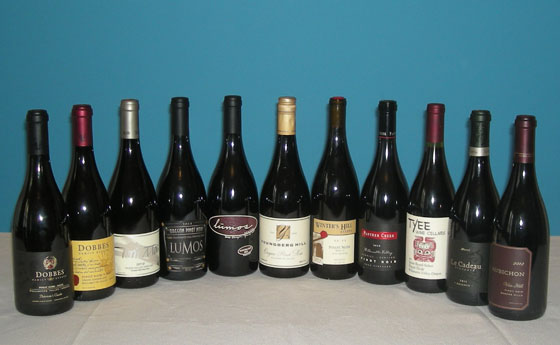
The Tasting:
The Fifty Best held a “blind” tasting of recent release Willamette Valley pinot noirs with 15 pre-qualified wine judges. All six Willamette Valley sub-appellations were represented in this tasting. Strict tasting rules were applied. The order of service was established beforehand by lottery. Each of the wines were poured into fresh glasses from new sealed bottles and served at room temperature. Only ice water and white bread were available to cleanse the palate.
The judges wrote down their impressions of each wine on score sheets. The scoring was done on a 5-point system, with 5 as the best. Double-Gold, Gold and Silver medals are awarded based on a set range of final point scores received from the judges. There were no bronze medals awarded for this tasting.
The tasting notes that follow are summaries of the judges’ opinions, with all replicated commentary eliminated. The sub-appelations are identified for each brand. Prices indicated do not include tax.
Here are the final results:
|
|
|
|
|
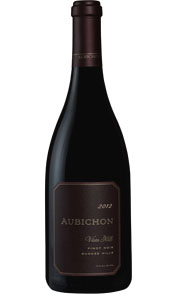 |
|
|
|
|
|
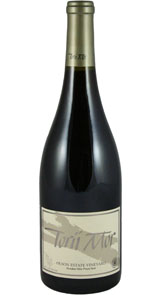 |
|
|
|
|
|
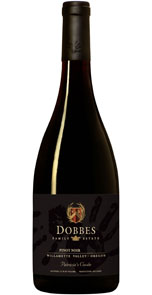 |
|
|
|
|
|
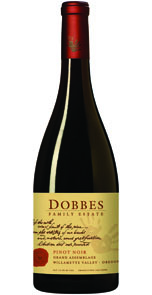 |
|
|
|
|
|
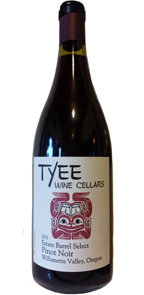 |
|
|
|
Disclaimer: This section of the website is intended for visitors 21 years of age and older.
If you are not of legal drinking age, please exit by clicking here.
Please drink responsibly!







